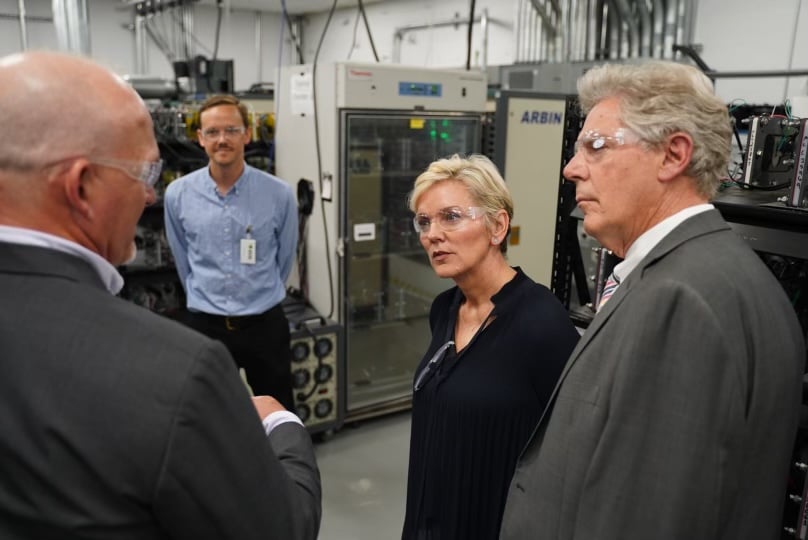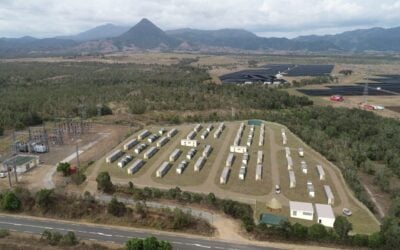
Eos Energy Enterprises, the NASDAQ-listed US manufacturer of zinc-based battery storage technology, has secured an equipment financing deal that will aid its efforts to increase manufacturing capacity.
The agreement, worth US$25 million, has been made with Trinity Capital, which specialises in debt and equipment financing for growth stage companies. Eos makes energy storage systems using its aqueous zinc hybrid cathode battery technology, plating and replating zinc as the batteries charge and discharge.
The technology, suited to long-duration energy storage applications (which the company defines as 3-12 hours) from microgrid to industrial and utility-scale, is made with abundant materials that do not present the same supply chain risks as other battery storage technologies.
However, in August, Eos said that despite an order backlog of 389MWh, worth US$95.6 million, it only expected to be able to realise about US$5 million in revenues for its 2021 financial year of a targeted US$50 million. This was partly down to various delays caused by the COVID-19 pandemic.
Try Premium for just $1
- Full premium access for the first month at only $1
- Converts to an annual rate after 30 days unless cancelled
- Cancel anytime during the trial period
Premium Benefits
- Expert industry analysis and interviews
- Digital access to PV Tech Power journal
- Exclusive event discounts
Or get the full Premium subscription right away
Or continue reading this article for free
Meanwhile, losses made during the preceding quarter were largely attributable to the cost of buying out the company’s joint venture (JV) partner in a Pittsburgh manufacturing facility. The JV had been set up with nuclear industry technology specialist Holtec and is called HI-POWER.
Yesterday, Eos said the equipment finance from Trinity will go into HI-POWER and will be used to purchase equipment to expand production of the batteries, branded Znyth. Eos noted that the Pittsburgh factory is located in close proximity to 80% of its suppliers.
“Securing this equipment financing is a key milestone in our ability to expand our manufacturing capacity and effectively balance our capital allocation strategy,” Eos CFO Sagar Kurada said.
“As we continue to ramp up our manufacturing operations, we expect to have even greater visibility into managing our customer commitment and orders backlog, and improve our delivery lead times.”
Trinity Capital managing director Ryan Little said his company believes there is a “massive opportunity” ahead for Eos, and that the Znyth’s “innovative and sustainable design is clearly poised to transform multiple verticals”.
The news follows a recent announcement that Koch Strategic Platforms, an investment subsidiary of Koch Industries, is investing US$100 million in Eos. The zinc battery company gained its NASDAQ listing in November last year following a merger with a special purpose acquisition company (SPAC).





